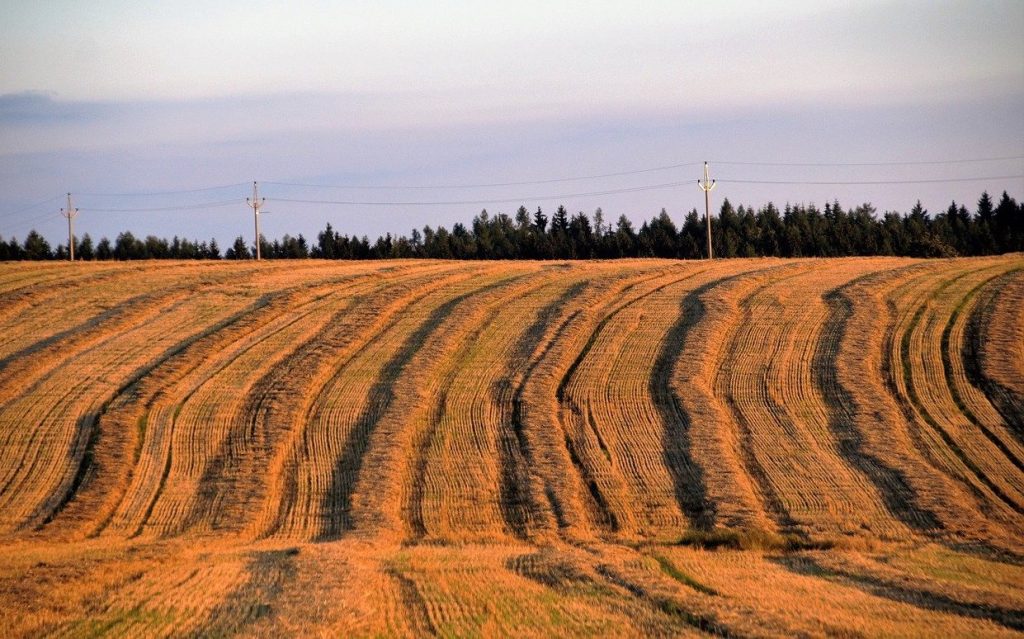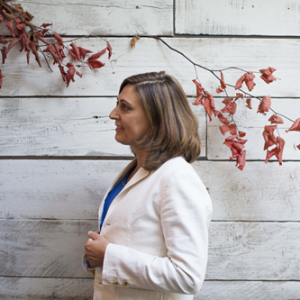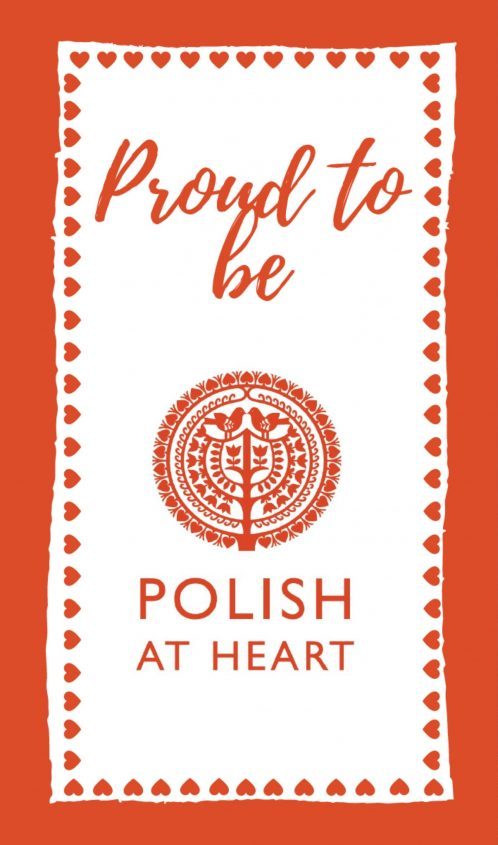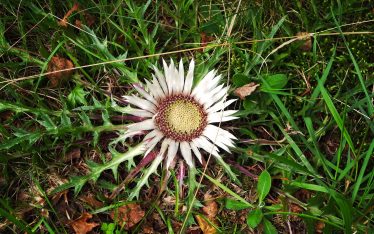The countryside of Poland is “like a ruffled patchwork quilt sewn from rich shades of colour and a variety of textures, from the lightest, yellowish brown to the darkest, velvety green” (Anna Spysz & Marta Turek).
Silent forests intersperse the wheat fields and the colourful strips of land hold within them the history of each family who tended them. Each August or early September, the harvest takes place, according to the laws of nature, regardless of wars or changes of government. It is to this thought that Poles abroad have returned to, year after year and still do. Our post war traditions have changed due to circumstances, as they have in Poland so we often celebrate dożynki (harvest festival) in October.

Local dances and celebrations
Every year I look for where I can attend a dożynki – harvest festival dance. Often it has been to the home town of the wonderful Młody Mazur dance troupe who provide a super evening of song and dance – food for the Polish soul. One year there was a Krakowiak dance for all the members of the troupe since its founding, which filled the hall with laughter and joy. The priest blessed the offerings and I won the harvest basket of fruit and vegetables! Many of you will have taken part in local dożynki whether as a child reciting a poem, singing or dancing. The swirling of skirts, dazzling colour of the costumes, the men shouting “hej” as they dance, their acrobatic stunts and toe-tapping music sum up everything there is to know about the Polish spirit.

Old traditions in Poland
Some regions in eastern Poland particularly Podlasie and Kurpie practiced the przepiórka – an offering which personifies the spirit of the grain to ensure fertility for the future year.
The harvesters would weave three braids of wheat, decorated with ribbons or berries and leave them in the fallow fields in a prominent place for some time. Also called the popiórka or simply pępek depending on the region, the best harvester had to have cut them down with a sharp scythe and then gather all the young women – also called the przepióreczki (quails) to surround it which would ensure prosperity for the whole year. One song from this time is “Uciekła mi przepióreczka” (my przepióreczka has run away).
The villagers would also make an open wreath or a closed crown of rye stalks as a symbol of the whole harvest called a plon. In some areas a równianka – tied wheat stalks were also prepared and decorated similarly to the plon with flowers and ribbons. Together with a round loaf of bread baked with the new grain, the villagers would lead a korowód – procession through the village and ceremonially the top female harvesters would present them to the local landowner.
„Otwórzcie, panie, szeroko, wrota, Bo idzie twoja z pola robota, Plon niesiemy plon, jegomości w dom”
“Open wide your gates sir. The work from your fields is coming. We bring the harvest to your house”

Sometimes the landowner would reward the harvesters with silver coins. They were all invited into the manor house, leading with the wreath, by the landowner who would toast them before they sat down to a celebratory feast including music and dancing. The heir would invite the chief female harvester and the heiress, the chief male “kośnik” – harvester for the first dance followed by more dancing, games, jokes and challenges to show off the local talent.
How do Poles celebrate now?
Harvest festivals in Poland are obviously a little different now. In communist times, the hosts were the local and regional administrations. Villages often still had a ceremony in the local church to keep up tradition. Priests took over the role of the country estate owners, receiving the harvest from the parishioners as the estates had been ruined during the 19th century and world wars. Nowadays this tradition has prevailed and there are processions to key pilgrimages sites as well as the village church. They also now include farm machinery as well as the traditional horse and cart.

There is also more of an interest in dożynki in towns and cities and larger events take place with markets and concerts. Abroad also, with Poles emigrating, they have brought current traditions with them. In many parishes the dożynki festival has become a daytime event in church or following a service, rather than being an evening dance. The tradition of making large and intricate wreaths is shown in this film with various wreaths and decorations in the shape of hearts, globes and other architectural compositions symbolising local religious or trade groups. Plus of course, much merriment with song and dance.
A harvest wish
From the Baltic Sea, through the lakes, the plains and the mountains, Poland reaps many harvests. The origins of our people recall the pola (fields) – as we come from the Polanie tribes – the people of the fields. May you all enjoy this reminder of the passing seasons, feel part of nature, of our collective Polish soul and our beautiful traditions which are thankfully alive and well.
Feature photograph is from the Sarnaki, Mazowsze region Dożynki harvest festival in 2024. Article written with the help of: The Polish Year – MSGR Zdzisław Peszkowski (Figaro Press) and Święta Polskie – Barbara Ogrodowska (Alfa-Vero 1996).


 1.Tracing Family History pre-WW2
1.Tracing Family History pre-WW2 2. Tracing Family History WW2
2. Tracing Family History WW2


